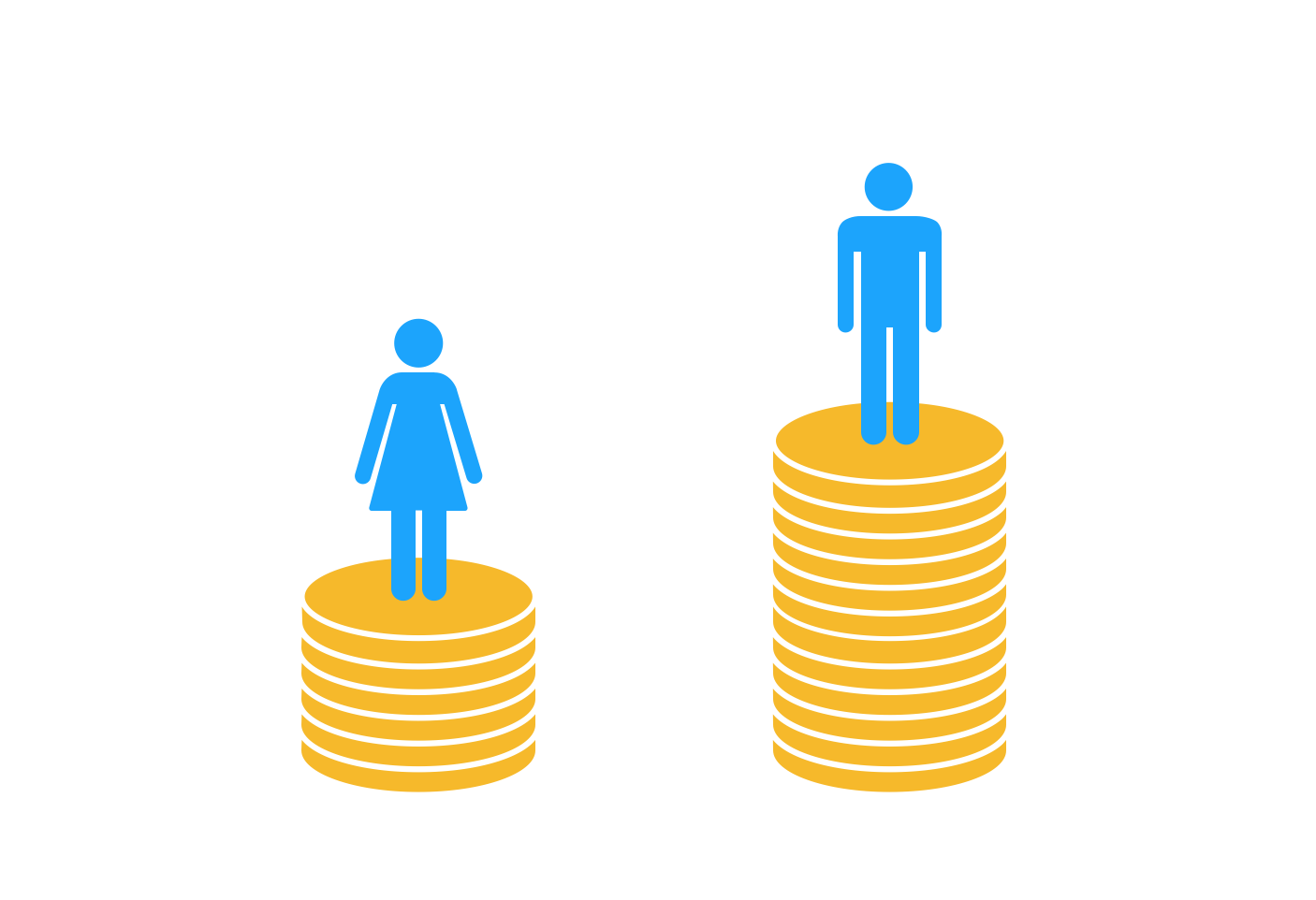
Gender Gap Report, 2023
Highlights:-
- Released by World Economic Forum.
- India's rank - 127 out of 146 countries.
- rank in 2022 was 135.
- India's neighboring countries - Bangladesh - 59, China - 107, Pakistan - 142, Nepal -116, Sri Lanka - 115, Bhutan - 103.
- Country at the bottom - Afghanistan (146)
- Top-10 ranker countries -
- Iceland - 1
- Norway - 2
- Findland - 3
- New Zeeland - 4
- Sweden - 5
- Germany - 6
- Nicaragua - 7
- Namibia - 8
- Lithunia - 9
- Belgium - 10
Global Gender Gap report is based on four dimensions:-
1) Economic Participation and Opportunity
2) Educational Attainment
3) Health and Survival
4) Political Empowerment
Status of India in respect of the above dimensions:
- Economic Participation and Opportunity
- less than 40% parity.
- there is uptick in parity in wages and income, but shares of women in senior positions and technical roles have dropped.
- Educational Attainment
- As per NFHS-5
- Men (84.4%) are more literate than women (71.5%) in the age group of 15 to 49 years.
- 10 or more years of schooling -
- Men = 50.2%, women = 41.0%
- Internet Use
- Men - 57.1%, Women - 33.3%
- Health and Survival
- India's sex ratio has upward trend.
- 2011 census - sex ratio is 943 girls against 1000 boys.
- 2001 census - sex ratio - 930
- As per NFHS-5 (2019-21) sex ratio is estimated at 1020.
- sex ratio at birth has improved from 919 (2015-16) to 929 (2019-21)
- Political Empowerment -
- There are almost 40% representation of women in local government thanks to 73rd and 74th Amendments.
- Women represent only 13.31% in the Parliament of India.
- women representation in Lok Sabha - 15.1% (78 women out of 542 members)
- women representation in Rajya Sabha - 10.71% (24 women out of 224 members).
What are the Indian Initiatives to reduce Gender Gap in Social, Economic and Political Life?
- Economic Participation and Health and Survival:
- Beti Bachao Beti Padhao: It ensures the protection, survival and education of the girl child.
- Mahila Shakti Kendra: Aims to empower rural women with opportunities for skill development and employment.
- Mahila Police Volunteers: It envisages engagement of Mahila Police Volunteers in States/UTs who act as a link between police and community and facilitates women in distress.
- Rashtriya Mahila Kosh: It is an apex micro-finance organization that provides micro-credit at concessional terms to poor women for various livelihood and income generating activities.
- Sukanya Samriddhi Yojna: Under this scheme girls have been economically empowered by opening their bank accounts.
- Female Entrepreneurship: To promote female entrepreneurship, the Government has initiated Programmes like Stand-Up India and Mahila e-Haat (online marketing platform to support women entrepreneurs/ SHGs/NGOs), Entrepreneurship and Skill Development Programme (ESSDP).
- Kasturba Gandhi Balika Vidyalaya: They have been opened in Educationally Backward Blocks (EBBs).
- Political Reservation: Government has reserved 33% of the seats in Panchayati Raj Institutions for women.
- Capacity Building of Elected Women Representatives: It is conducted with a view to empowering women to participate effectively in the governance processes.
Q. Which of the following gives ‘Global Gender Gap Index’ ranking to the countries of the world? (2017)
(a) World Economic Forum
(b) UN Human Rights Council
(c) UN Women
(d) World Health Organization
You can also read the following :-
NCERT Text Book - Class-11- Chapter-1 - History- Themes in World History - Solutions to Questions
Comments
Post a Comment